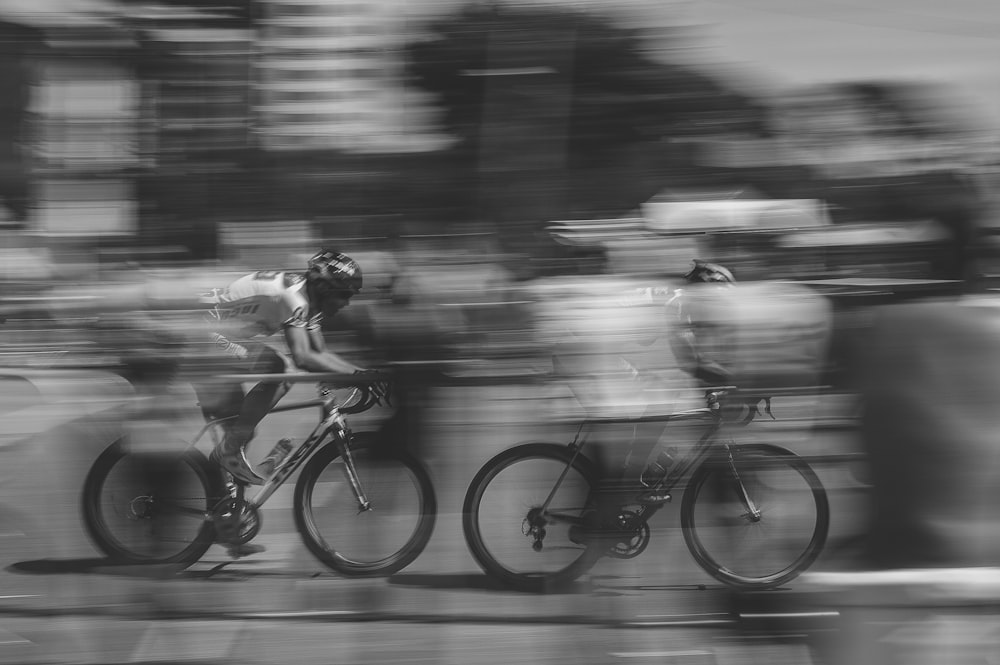Unleashing Your Cycling Potential
Understanding the Enemy: Rolling Resistance
Before diving into the strategies for reducing bike rolling resistance, it’s crucial to grasp the concept itself. Rolling resistance refers to the force that opposes the motion of your bike as it moves along the surface. This resistance is primarily caused by the friction between the tires and the road. The higher the rolling resistance, the more effort you’ll need to exert to maintain your speed.
Tire Selection: The Foundation of Efficiency
One of the most impactful factors influencing rolling resistance is your choice of tires. Opting for tires specifically designed to minimize resistance can significantly enhance your cycling experience. Look for tires with a smooth, slick tread pattern and a high-quality rubber compound. These tires offer reduced friction against the road, resulting in smoother and more efficient rides.
Optimal Tire Pressure: Finding the Sweet Spot
Maintaining the correct tire pressure is paramount when it comes to reducing rolling resistance. Underinflated tires increase the contact patch with the road, leading to higher friction and increased resistance. Conversely, overinflated tires can result in a harsh ride and reduced traction. Refer to your tire manufacturer’s recommendations for optimal pressure levels and regularly check and adjust your tire pressure accordingly.
Aerodynamics: Cutting Through the Air
Aerodynamic drag plays a significant role in cycling performance, especially at higher speeds. By minimizing your body’s frontal area and optimizing your riding position, you can reduce the resistance encountered from air molecules. Experiment with your riding posture, tucking in elbows and lowering your torso, to streamline airflow and decrease aerodynamic drag, thereby enhancing efficiency.
Smooth Pedaling Technique: Efficiency in Motion
Efficient pedaling technique is key to minimizing unnecessary energy loss and reducing rolling resistance. Aim for a smooth, circular pedal stroke, applying consistent pressure throughout the entire revolution. Avoid sudden jerky movements or excessive rocking of the bike, as these can lead to energy wastage and increased resistance. Focus on maintaining a fluid and efficient pedaling motion to maximize performance.
Drive Train Maintenance: Keeping Things Running Smoothly
A well-maintained drive train is essential for optimal cycling efficiency and reducing rolling resistance. Regularly clean and lubricate your chain, cassette, and derailleur to minimize friction and ensure smooth operation. Additionally, keep an eye on the condition of your gears and replace worn components promptly to prevent unnecessary resistance and maintain peak performance.
Wheel Bearings: Smoothness in Rotation
Wheel bearings play a crucial role in the smooth rotation of your wheels and can significantly impact rolling resistance. Ensure that your wheel bearings are properly adjusted and adequately lubricated to minimize friction and reduce resistance. Regularly inspect your bearings for signs of wear or damage and replace them as needed to maintain optimal performance.
Weight Optimization: Shedding Excess Pounds
Excess weight can increase rolling resistance and impede your cycling efficiency, especially when climbing or accelerating. Evaluate your bike setup and consider opportunities for weight reduction, such as swapping out heavy components for lighter alternatives or streamlining your accessories. Every pound shed translates to less effort required to overcome resistance and propel yourself forward.
Road Surface: Choosing the Smooth Path
The surface you ride on can significantly influence rolling resistance. Whenever possible, opt for smoother roads or well-maintained bike paths, as rough or uneven surfaces can increase resistance and detract from your cycling experience. Plan your routes strategically to minimize encounters with challenging terrain and maximize opportunities for efficient riding.
Mindset and Persistence: The Final Push
Reducing bike rolling resistance requires a combination of strategic choices and disciplined habits. Embrace a mindset of continuous improvement and remain persistent in implementing expert strategies. Monitor your progress, analyze your performance, and fine-tune your approach as needed to unlock your cycling potential and achieve smoother, more efficient rides. Read more about bike rolling resistance


